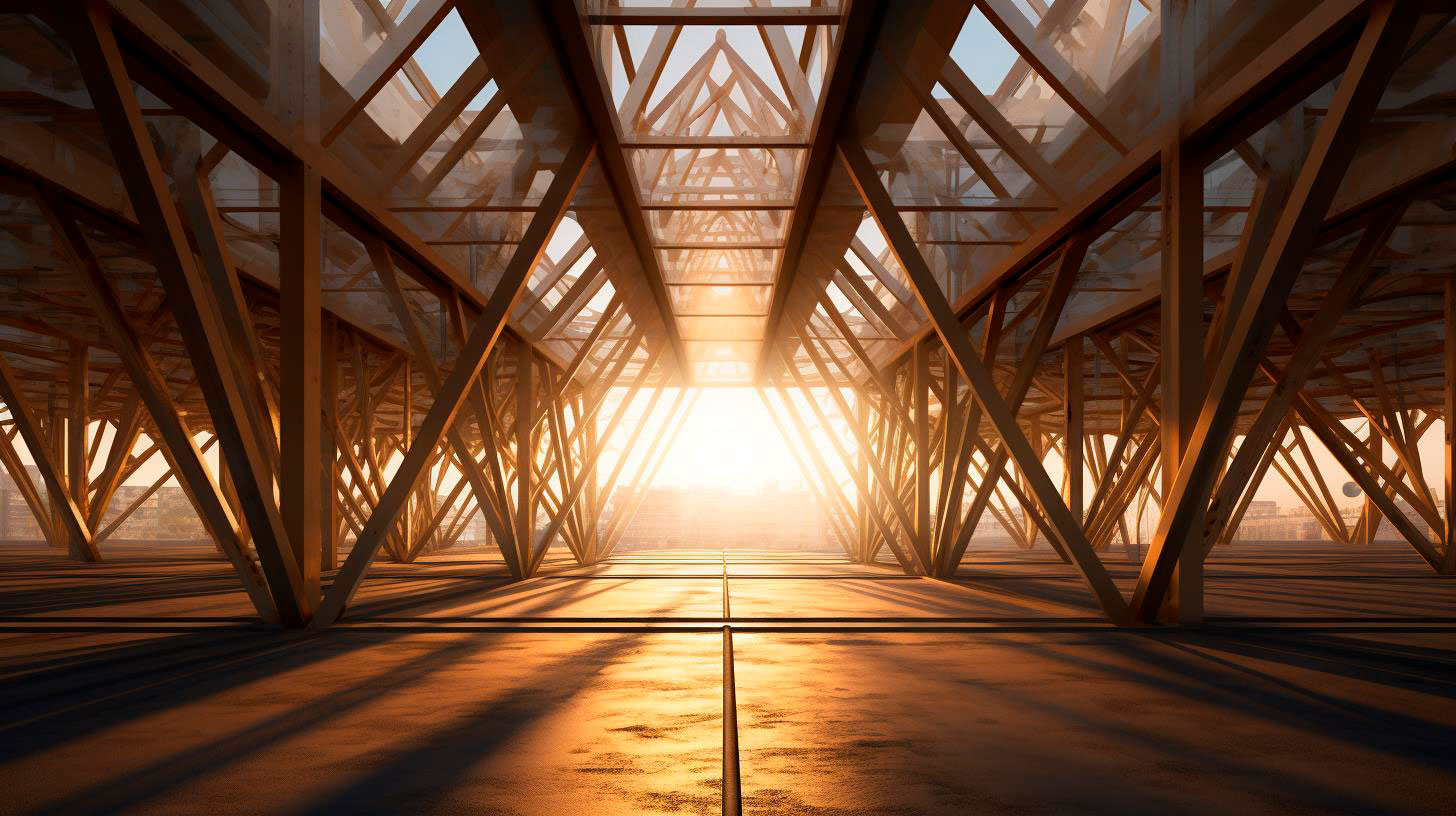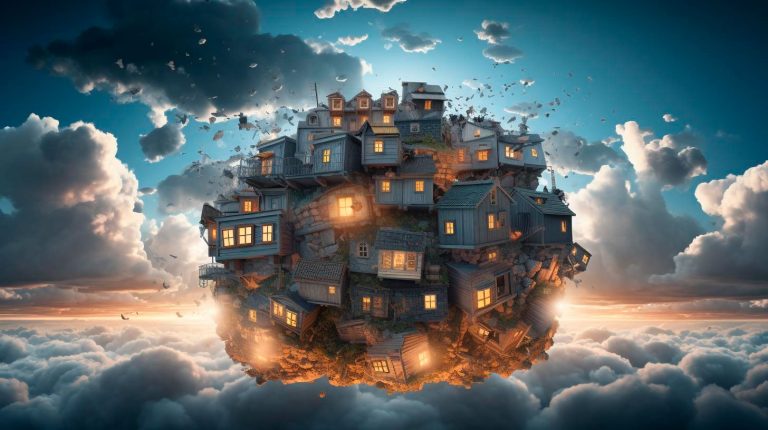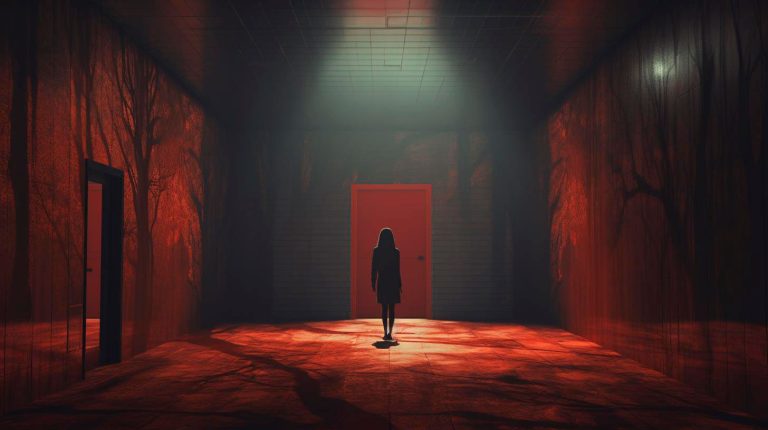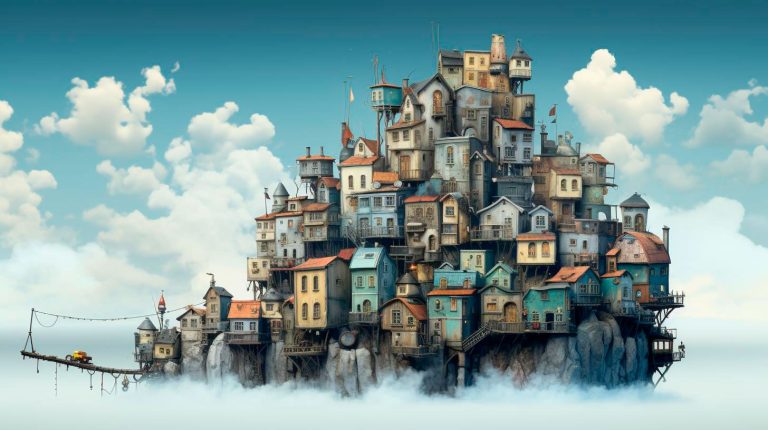In this article, we will explore the importance of lighting in photography and delve into some techniques that can help you achieve awe-inspiring results.
The Importance of Lighting in Photography
- Lighting sets the mood: Different lighting techniques can evoke specific emotions, such as warmth, mystery, or drama. Understanding how to use light to convey emotions is key in creating powerful and impactful photographs.
- Enhances subject details: Proper lighting brings out the details and textures of your subject. It helps emphasize the desired elements and draws attention to the focal point.
- Shapes the scene: By manipulating the lighting, photographers can shape the scene and create depth and dimension. This technique adds interest and guides the viewer’s attention to specific areas of the photograph.
- Adds drama and creativity: Creative use of lighting can add a touch of drama, mystery, or even fantasy to your photographs. It allows you to create unique and artistic effects that make your images stand out.
Key Lighting Techniques for Dramatic Effects
Rembrandt Lighting
Rembrandt lighting is named after the famous Dutch painter and is renowned for creating dramatic and striking portraits. To achieve this effect, position your subject at an angle to a single light source, such as a window or a directional studio light. The light should be positioned higher on one side, creating a triangle-shaped area of light under the eye on the opposite side of the face. This technique adds dimension, depth, and a sense of mystery to your portraits.
Silhouette Photography
Silhouette photography creates a powerful and enigmatic effect by backlighting your subject, resulting in a dark outline with little to no detail. To achieve this, place your subject between the camera and a strong light source, such as the sun or a bright background. Ensure the exposure is set for the background, causing the subject to appear as a silhouette. This technique adds drama, suspense, and intrigue to your images.
High Contrast Lighting
High contrast lighting involves using a strong light source to create deep shadows and bright highlights. This technique is often used in black and white photography to add a sense of drama and intensity. Experiment with placing your subject in a way that the light creates stark contrasts and emphasizes the textures, shapes, and lines within the composition.
Light Painting
Light painting is a creative technique where photographers use hand-held lights or flashlights to paint with light during long-exposure shots. By shaping the light and moving it strategically around the scene or subject, you can create mesmerizing and surreal effects. This technique allows for endless possibilities and encourages experimentation, resulting in unique and visually captivating images.
Advantages of Mastering Lighting Techniques
- Elevate the quality of your photographs by adding depth, drama, and emotion.
- Create unique and eye-catching images that make a lasting impact on viewers.
- Showcase your creativity and stand out from the crowd.
- Enhance storytelling by using lighting to convey a specific mood or atmosphere.
- Build a strong portfolio that demonstrates your technical and artistic skills.
In conclusion, lighting is a powerful tool in photography that can transform an ordinary image into a visually stunning masterpiece. By understanding various lighting techniques and their effects, photographers can add depth, drama, and emotion to their photographs. Experimenting with different lighting setups and mastering the art of manipulating light sources allows photographers to unleash their creativity and capture captivating images that leave a lasting impact on viewers. So, grab your camera, explore the art of lighting, and watch your photography skills soar to new heights!


















+ There are no comments
Add yours